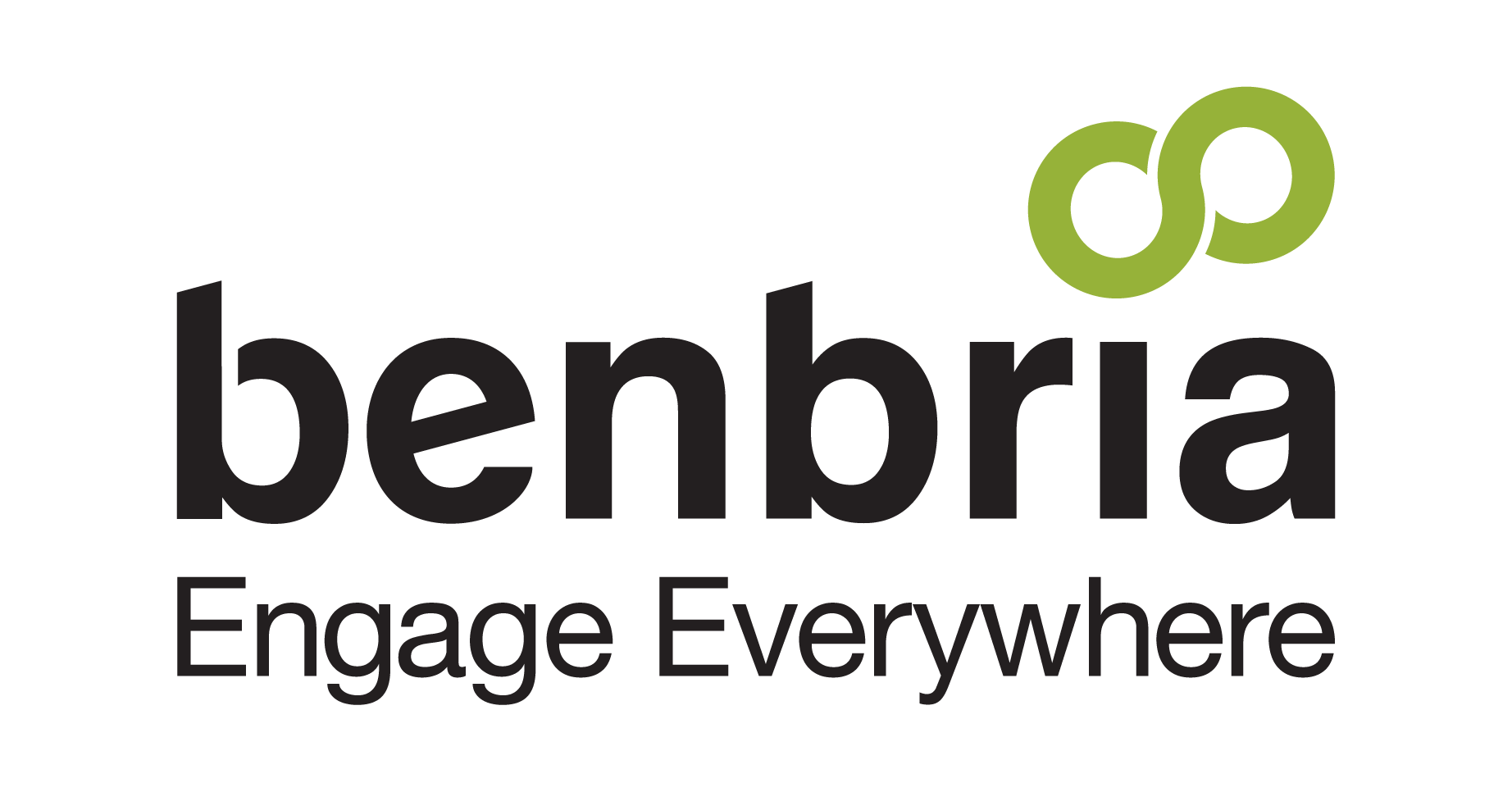If you had to guess your guests’ most important travel companion, what would you say? Would you say it’s their passport? Their spouse? Their camera?
You’d be wrong on all counts.
According to Expedia research, “Travelers now consider [their mobile device] to be the single most indispensable item they carry with them when they travel, ahead of their toothbrush, deodorant and driver’s license.” And it’s not the only study to come to that conclusion. A Hotels.com survey found that the smartphone is the most important travel companion for 76 percent of travelers (in comparison, only 37 percent said a loved one is their most important travel companion).
On top of that, trusted review expert TripAdivsor reported that 87 percent of international travelers use their mobile device while they’re on the road. Needless to say, hoteliers shouldn’t underestimate their guests’ attachment to their mobile devices; in fact, they should take advantage of this trend by applying some of the principles of BYOD to the guest experience.
What Is BYOD?
The concept of BYOD (bring your own device), as defined by TechRadar, was born when employees started using their personal devices in the workplace, arguing that it made them more efficient workers because they were already comfortable navigating their own devices. The term is still largely used to describe this phenomenon, but there’s no reason its principles can’t also extend to the hospitality industry. After all, there are many features and amenities in hotels that can be comfortably accessed or replaced by the guest’s own device.
These are just a few of the areas where hotels can take advantage of mobile technology to give their guests more convenient service and trim some operational costs at the same time.
Streaming TV
These days, many of your guests probably couldn’t care less whether they have cable television in their rooms. Some hotel chains have made Netflix available directly on guestroom televisions, but there’s another option, as reported by hotelmanagement.com: Letting guests cast video from their phones onto the televisions. That way, they can view content from Netflix, YouTube, or any other supported application they are most comfortable using. This kind of arrangement will require a robust Wi-Fi setup in the hotel, but it gives guests the ability to use a device they’re familiar with to watch the content they want.
In-Room Tablets
Many hotels have started placing tablets in rooms, which guests can use to adjust lighting or order room service. But the costs of placing a tablet in every single room can start to rack up quickly — a totally unnecessary expense when the majority of guests can access what they need using their own devices. Instead, as stated in our previous blog post, hotels can simply purchase ordering software and make it available to guests on their devices, be it a tablet, mobile phone, or laptop.
Keyless Entry
Keycards remain the most common room entry tool in hotels, but mobile is swiftly becoming a popular option. Letting guests use their mobile devices as room keys can help cut back on the costs of plastic cards while ensuring guests have a key they’ll be less likely to accidentally leave in their rooms.
In a USA Today article, hotel executives said “keyless entry solves a major complaint among frequent travelers: having to stand in line to collect their keys.” It’s a particularly useful feature for business travelers, who are often repeat visitors to a hotel chain and already know everything they need to know about staying there.
Mobile Check-In
Mobile check-in tends to go hand in hand with keyless entry. Through it, guests have the opportunity to bypass lines at the front desk. It also takes some of the burden off your front-line staff to hurry guests through the traditional check-in process, should they choose to use it. According to Grant Thornton, almost half of guests would be motivated to return to a hotel that offered mobile check-in and check-out, and according to JD Power Research, mobile check-in is the method associated with the highest guest satisfaction.
Have you taken advantage of the fact that the majority of your guests are traveling with their personal devices? Let us know in the comments, or on social media: LinkedIn | Facebook | Twitter | Instagram.




